The 1970s were the golden age of teen idols—a time when Tiger Beat and 16 Magazine covers could make or break careers, and teenage bedrooms across America were plastered with perfectly-coiffed heartthrobs sporting wide-collared shirts and winning smiles. These stars dominated television, radio, and teen magazines with an intensity that’s hard to imagine in today’s fragmented media landscape. But just as quickly as they rose to fame, many of these idols faded from the spotlight, leaving behind a trail of lunchboxes, posters, and vinyl records as evidence of their once-overwhelming popularity. Here are twelve ’70s teen sensations who were absolutely everywhere—until suddenly, they weren’t.
1. Valerie Bertinelli
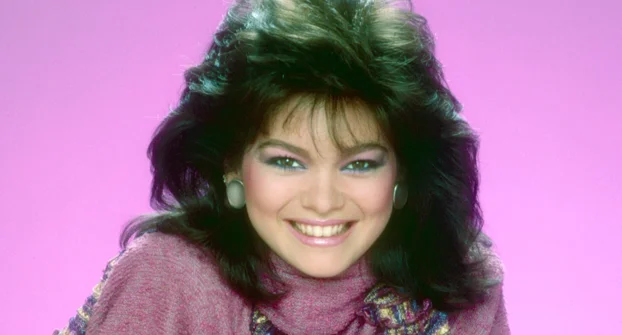
As the wholesome Barbara Cooper on “One Day at a Time,” Valerie Bertinelli brought a relatable girl-next-door quality that made her an instant favorite among teen audiences when the show debuted in 1975. Unlike some teen idols who were primarily singers or dancers, Bertinelli earned her fame through her acting talents and natural charisma. Her appeal crossed gender lines, with girls wanting to be her friend and boys developing innocent crushes on her approachable character. Ahead of the show’s 50h anniversary, Valerie told Entertainment Weekly that cast reunions have only become more and more bittersweet each time.
While Bertinelli maintained a successful acting career well into adulthood, her specific teen idol status began fading in the early 1980s as her character matured and her highly publicized marriage to rock star Eddie Van Halen in 1981 shifted public perception of her from teen star to celebrity wife. The teen magazines that had once featured her regularly suddenly shifted their attention to newer, younger stars, demonstrating the often arbitrary nature of teen fame. Though she remained on television consistently in various roles, her ubiquitous presence in youth culture underwent a remarkably abrupt transition.
2. Scott Baio

Rising to fame as Chachi Arcola on “Happy Days” in 1977, Scott Baio brought a new kind of Italian-American charm to the teen idol landscape dominated by blonde surfer types. His popularity exploded so rapidly that producers quickly capitalized by giving him his own starring role in the short-lived series “Blansky’s Beauties” while he was still appearing on “Happy Days.” Teen magazines couldn’t get enough of Baio’s dark good looks and New York accent, with his face appearing on countless covers between 1977 and 1983. According to Closer Weekly, life became trickier after his historic role on the classic sitcom.
The “Joanie Loves Chachi” spin-off in 1982 was meant to cement his heartthrob status but instead marked the beginning of his decline as a teen favorite when the show failed to capture audiences. By the mid-1980s, despite landing the lead role in “Charles in Charge,” Baio found himself aging out of the teen idol category without successfully transitioning to adult leading man status. The once-unavoidable magazine presence diminished with surprising speed as a new generation of teen publications focused on emerging stars, leaving Baio to navigate the often challenging path from teen sensation to working actor.
3. Willie Aames
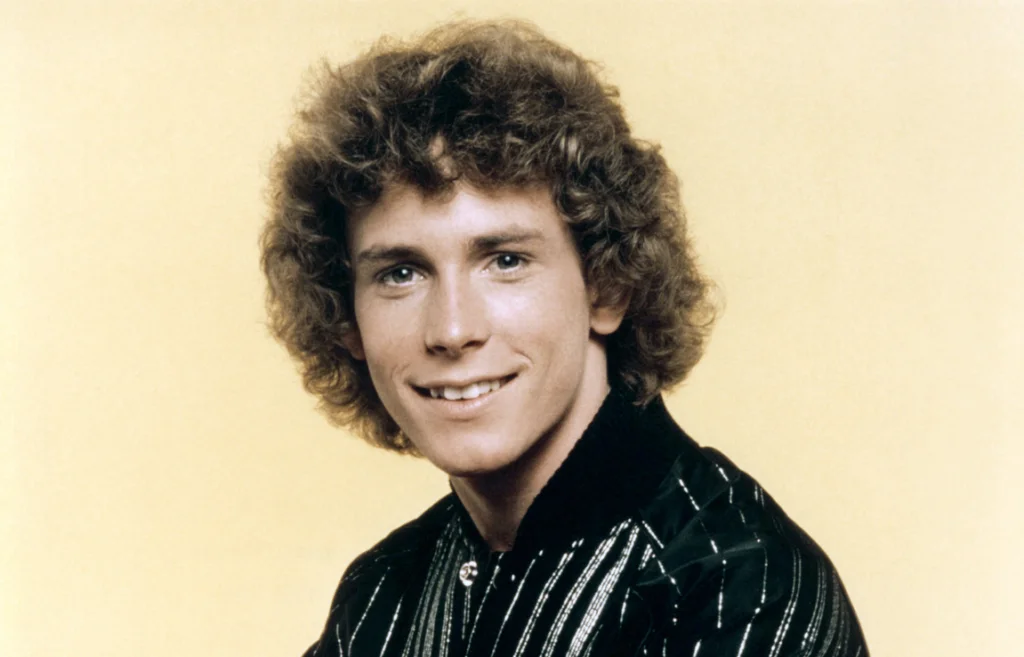
As Tommy Bradford on “Eight Is Enough” from 1977 to 1981, Willie Aames brought a mischievous energy and heartthrob appeal that made him a standout in the large ensemble cast. His feathered hair and boyish smile graced numerous teen magazine covers at a time when family dramas were launching multiple teen idols simultaneously. Aames’ popularity led to a recording contract and tours where screaming fans treated him with the same adoration usually reserved for rock stars. The show, according to People, also led Aames to find lasting love.
The end of “Eight Is Enough” coincided with the beginning of Aames’ swift fade from teen idol status, despite his role in the film “Paradise” with fellow former teen idol Phoebe Cates. His career rebounded briefly with the sitcom “Charles in Charge” playing Scott Baio’s friend Buddy, but by then, his teen magazine dominance had already evaporated with shocking speed. His later career took unexpected turns, including a stint as the Christian superhero “Bibleman” and public struggles with addiction and finances, creating one of the more dramatic post-fame narratives of the former ’70s teen sensations.
4. Shaun Cassidy
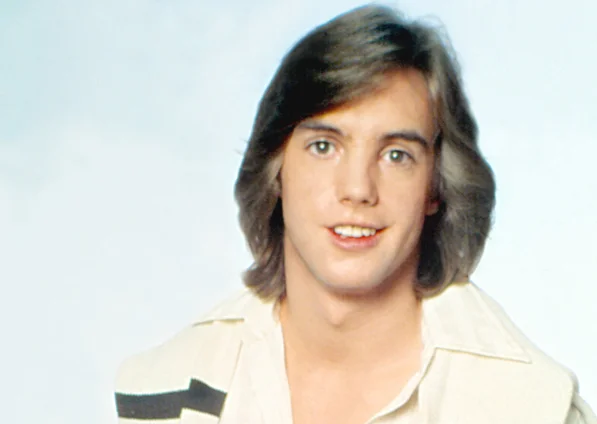
Following in his half-brother David’s footsteps, Shaun Cassidy leveraged his role as Joe Hardy in “The Hardy Boys/Nancy Drew Mysteries” into a simultaneous music career that took teen magazines by storm. His 1977 self-titled album went platinum, powered by the hit single “Da Doo Ron Ron,” which reached number one on the Billboard Hot 100. With his clean-cut image and wholesome appeal, Cassidy became the safer alternative to the increasingly edgy rock stars of the late ’70s.
As the decade turned, however, Cassidy’s brand of pop became increasingly out of step with the new wave and harder rock sounds gaining popularity. His attempt to reinvent himself with the Todd Rundgren-produced album “Wasp” in 1980 confused his teen audience and failed to attract an adult one, leading to a startlingly quick commercial decline. Within a couple of years, the younger Cassidy had transitioned behind the scenes as a writer and producer, his teen idol days becoming a brief but intense chapter in pop culture history.
5. Susan Dey

As Laurie Partridge on “The Partridge Family,” Susan Dey became the crush of millions of young viewers who tuned in weekly to watch the musical family’s adventures. Unlike some of her co-stars, Dey didn’t pursue a music career, but her modeling background and natural screen presence made her one of the most popular teen idols of the early ’70s. Her long, straight hair and girl-next-door appeal led to consistent magazine coverage and a devoted fanbase of both girls who wanted to be her and boys who had their first celebrity crush on her.
By the mid-’70s, Dey was working to distance herself from her Partridge Family image, taking roles that deliberately contrasted with Laurie’s wholesome personality. Her successful transition to adult roles, particularly as Grace Van Owen on “L.A. Law” in the 1980s, meant she effectively left her teen idol status behind earlier than many of her contemporaries. While this career evolution was ultimately successful, it created a distinct break where her ubiquitous teen magazine presence suddenly disappeared, leaving many young fans wondering where their favorite Partridge had gone.
6. Parker Stevenson
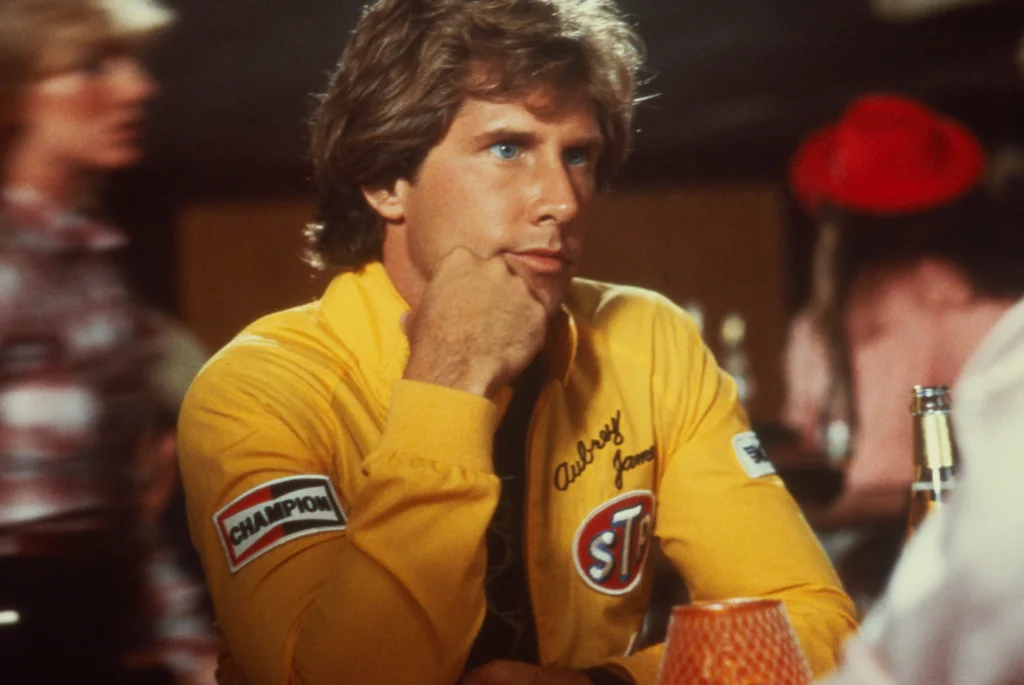
As Frank Hardy in “The Hardy Boys/Nancy Drew Mysteries,” Parker Stevenson (alongside Shaun Cassidy) became a weekly visitor in millions of American homes from 1977 to 1979. His athletic good looks and the show’s built-in audience of book fans catapulted him to teen idol status almost immediately. While never pursuing a music career like his co-star, Stevenson was equally popular in teen magazines, where his serious demeanor provided a perfect contrast to Cassidy’s more playful image.
When “The Hardy Boys” ended its run, Stevenson found himself struggling to maintain his visibility as teenage audiences quickly moved on to the next wave of young stars. Despite taking roles in various TV series throughout the ’80s, including “Baywatch” later in his career, he never again reached the level of teen magazine ubiquity he had enjoyed during his brief but intense Hardy Boys fame. The speed with which his face disappeared from magazine stands demonstrated how quickly the teen idol machine could abandon even its most photogenic stars.
7. Marie Osmond
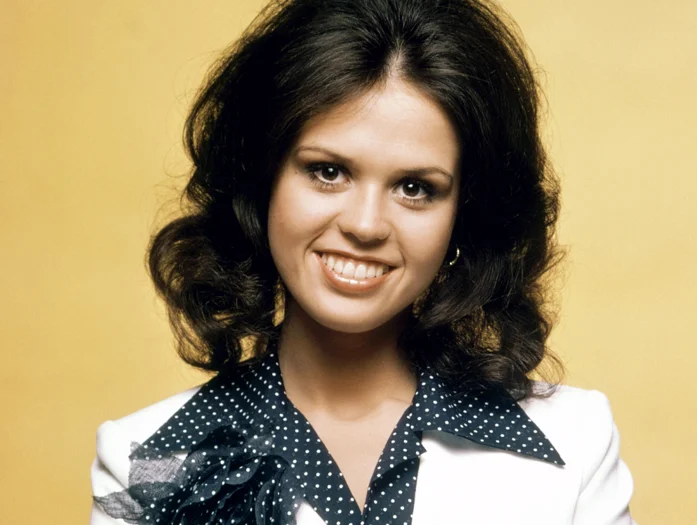
As the only girl in the famous Osmond family, Marie carved out her own identity with the 1973 country hit “Paper Roses” when she was just 13 years old. Her wholesome image and close-knit famous family made her especially appealing to parents who appreciated her modest clothing and clean-cut persona. The launch of “Donny & Marie” in 1976 catapulted her visibility even higher, making her variety show with brother Donny must-see TV for teenagers across America.
When “Donny & Marie” ended its run in 1979, Marie’s attempt to transition to a more mature country music career met with limited success as her teen audience outgrew their fan phase and younger fans moved on to newer idols. Though she would remain in the public eye through various entertainment ventures and later talk shows, her specific status as a teen queen faded remarkably quickly as the ’70s turned into the ’80s, demonstrating how even the most famous teenagers could find themselves suddenly out of fashion when their core audience grew up.
8. Rex Smith
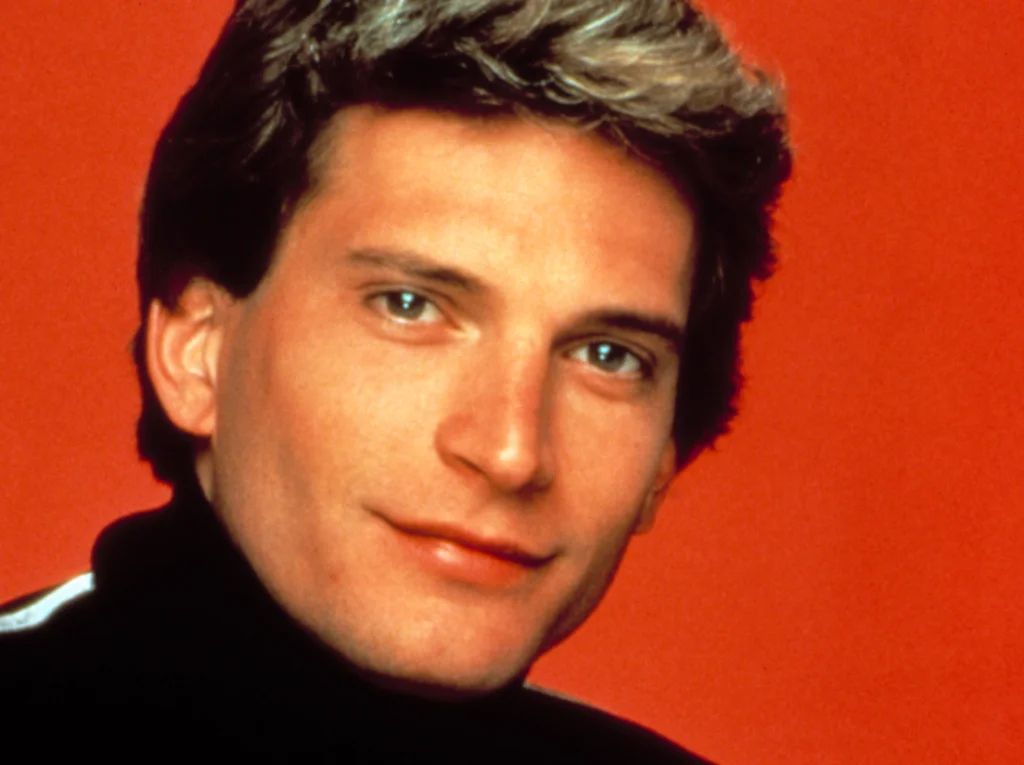
With his flowing blonde hair and rock-edge appeal, Rex Smith burst onto the teen idol scene in 1979 with the hit single “You Take My Breath Away” from the TV movie “Sooner or Later,” in which he played a musician who falls for a much younger fan. The movie and song created instant stardom, with Smith suddenly appearing on every teen magazine cover and variety show. His appeal bridged the gap between the clean-cut idols of the early ’70s and the more rock-oriented stars emerging as the decade ended.
Smith’s time in the spotlight proved remarkably brief even by teen idol standards. By 1981, his musical career was already fading as new wave and early ’80s pop pushed his style out of fashion. Though he continued working steadily in theater and television, including a role on “Street Hawk,” his ubiquitous magazine presence evaporated almost as quickly as it had appeared. The brevity of his reign as a teen heartthrob makes him a perfect example of how quickly the industry could build up and move on from even its most promising stars.
9. Kristy McNichol
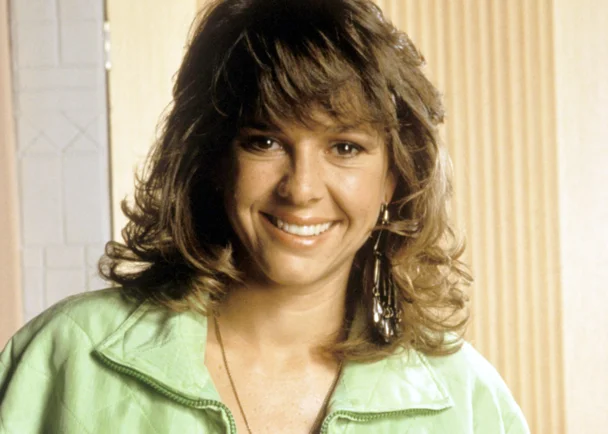
Rising to fame as Buddy Lawrence on the drama “Family” from 1976 to 1980, Kristy McNichol represented a new kind of teen idol—one known for acting talent rather than musical ability or just good looks. Her Emmy wins for “Family” at ages 14 and 16 established her as both a critical and popular favorite, while her tomboy persona offered a refreshing alternative to the more traditionally feminine teen idols of the era. McNichol’s popularity soared with appearances in films like “Little Darlings” and “The Night the Lights Went Out in Georgia.”
By the mid-1980s, however, McNichol’s public visibility had decreased dramatically as she dealt with personal struggles including bipolar disorder, which affected her work on the set of the film “Just the Way You Are.” Her departure from the hit show “Empty Nest” in 1992 marked the end of her regular presence in the entertainment industry, and she officially retired from acting in 2001. Few teen idols experienced such a pronounced shift from unavoidable fame to deliberate privacy as McNichol did after her intense period of stardom.
10. Tony DeFranco
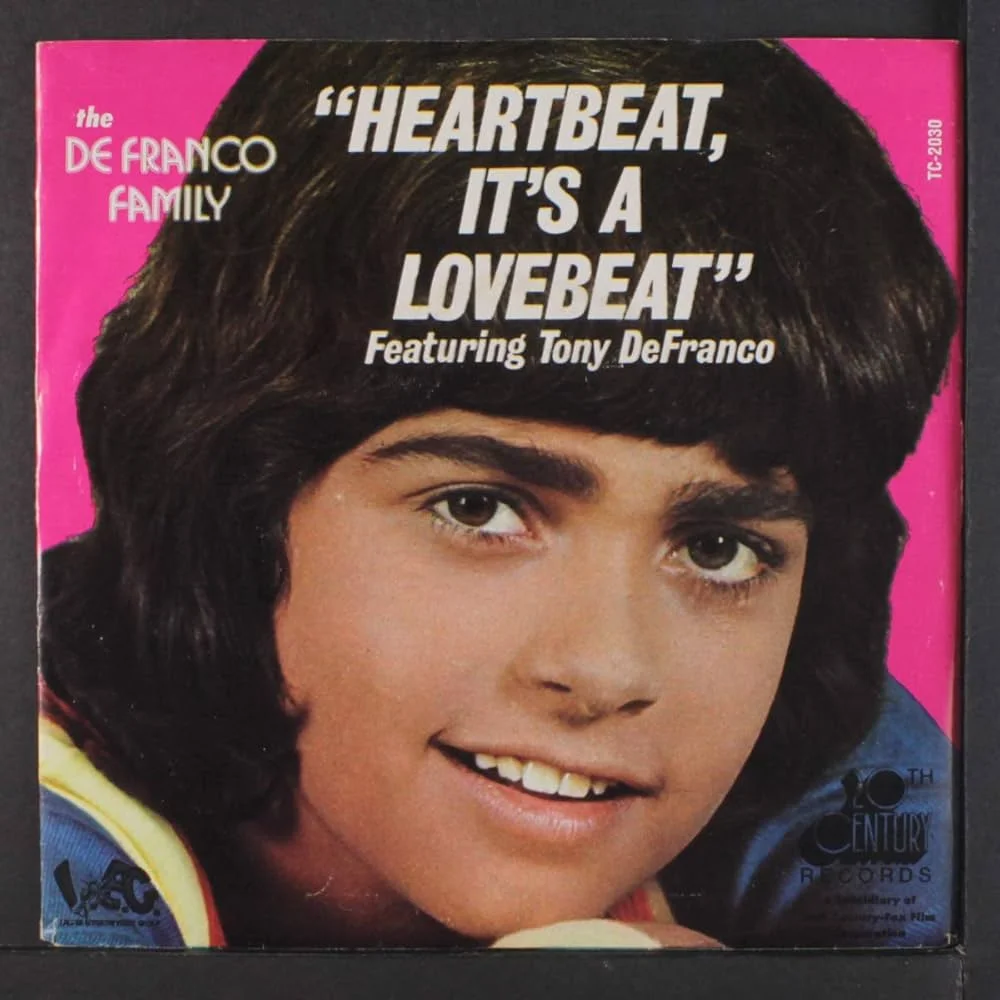
As the lead singer of The DeFranco Family, 13-year-old Tony DeFranco became an overnight sensation with the release of “Heartbeat, It’s a Lovebeat” in 1973. The Canadian family band was deliberately positioned as a successor to The Osmonds and Jackson 5, with young Tony’s angelic face dominating teen magazine covers throughout 1973 and 1974. For a brief moment, it seemed the DeFranco Family might actually achieve the lasting success of their more famous predecessors.
The DeFranco phenomenon faded almost as quickly as it began, with subsequent singles failing to match their initial hit’s popularity. By 1975, Tony’s magazine cover appearances had dwindled to almost nothing as publications moved on to the next wave of young stars. The speed with which Tony went from unavoidable to almost forgotten stands as one of the most dramatic examples of the teen idol cycle’s brutality. After a few more years of attempting to maintain their career, Tony and his siblings left the music industry entirely, with Tony eventually finding success in real estate—a world away from his brief stint as America’s crush.
11. Jan-Michael Vincent
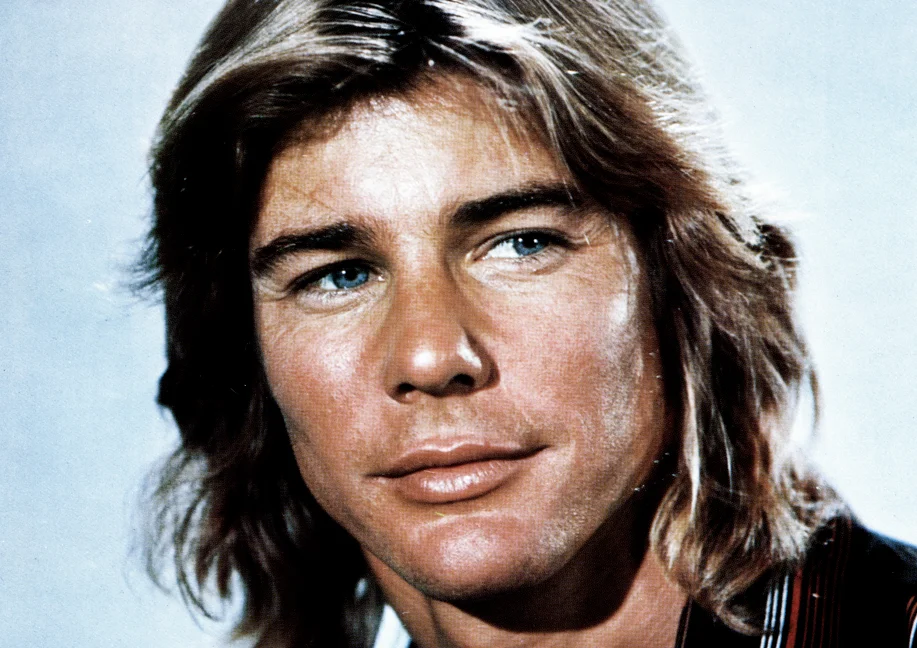
With his piercing blue eyes and surfer-boy good looks, Jan-Michael Vincent transitioned from roles in films like “The Bandits” and “The Winds of War” to become an unexpected teen idol in the mid-1970s. His combination of rugged appeal and vulnerable performances made him popular with slightly older teens who had outgrown the bubblegum pop idols. Vincent’s appearances in teen magazines emphasized his outdoor lifestyle and athletic abilities, creating a more mature heartthrob template.
By the late 1970s, Vincent’s off-screen troubles began affecting his career, and his teen idol status faded as publications became reluctant to feature stars with increasingly public personal problems. His later career resurgence on “Airwolf” in the 1980s brought him back to television but never recaptured the teen magazine dominance he had briefly enjoyed. Vincent’s trajectory from promising young star to cautionary tale happened with particularly heartbreaking speed, illustrating the darker potential outcomes of early fame.
12. Lance Kerwin
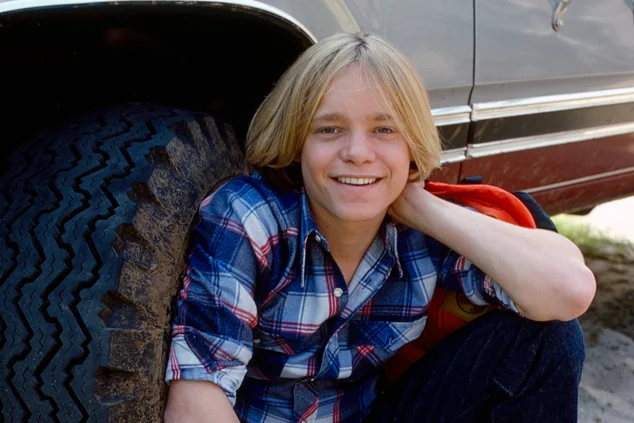
As James Hunter in the groundbreaking NBC drama “James at 15” (later “James at 16”), Lance Kerwin represented a new kind of teen idol—one famous for portraying realistic teenage experiences rather than fantasy scenarios. His sensitive portrayal of adolescent struggles earned critical acclaim and a devoted teenage audience who appreciated seeing their own experiences reflected on screen. Kerwin’s popularity led to starring roles in TV films like “Salem’s Lot” and “The Loneliest Runner.”
Despite his talent and initial popularity, Kerwin’s career cooled dramatically as he aged out of teenage roles in the early 1980s. The transition to adult parts proved challenging, and his presence in teen magazines disappeared almost overnight when “James at 16” ended in 1978. By the mid-1980s, Kerwin was taking increasingly smaller roles before eventually stepping away from the entertainment industry almost entirely. Few teen idols who were acclaimed for their actual acting abilities experienced such a complete fade from public visibility.
The whiplash-inducing rise and fall of these 1970s teen idols reveals much about the nature of fame itself—particularly the kind marketed specifically to young audiences. Unlike today’s stars who can maintain direct connections with fans through social media, these idols were creations of a media machine that could build them up and discard them with equal efficiency. What remains are the records, lunch boxes, TV reruns, and faded magazine posters that continue to trigger memories for a generation who grew up loving these stars with an intensity that burned brightly—until suddenly, it didn’t.


